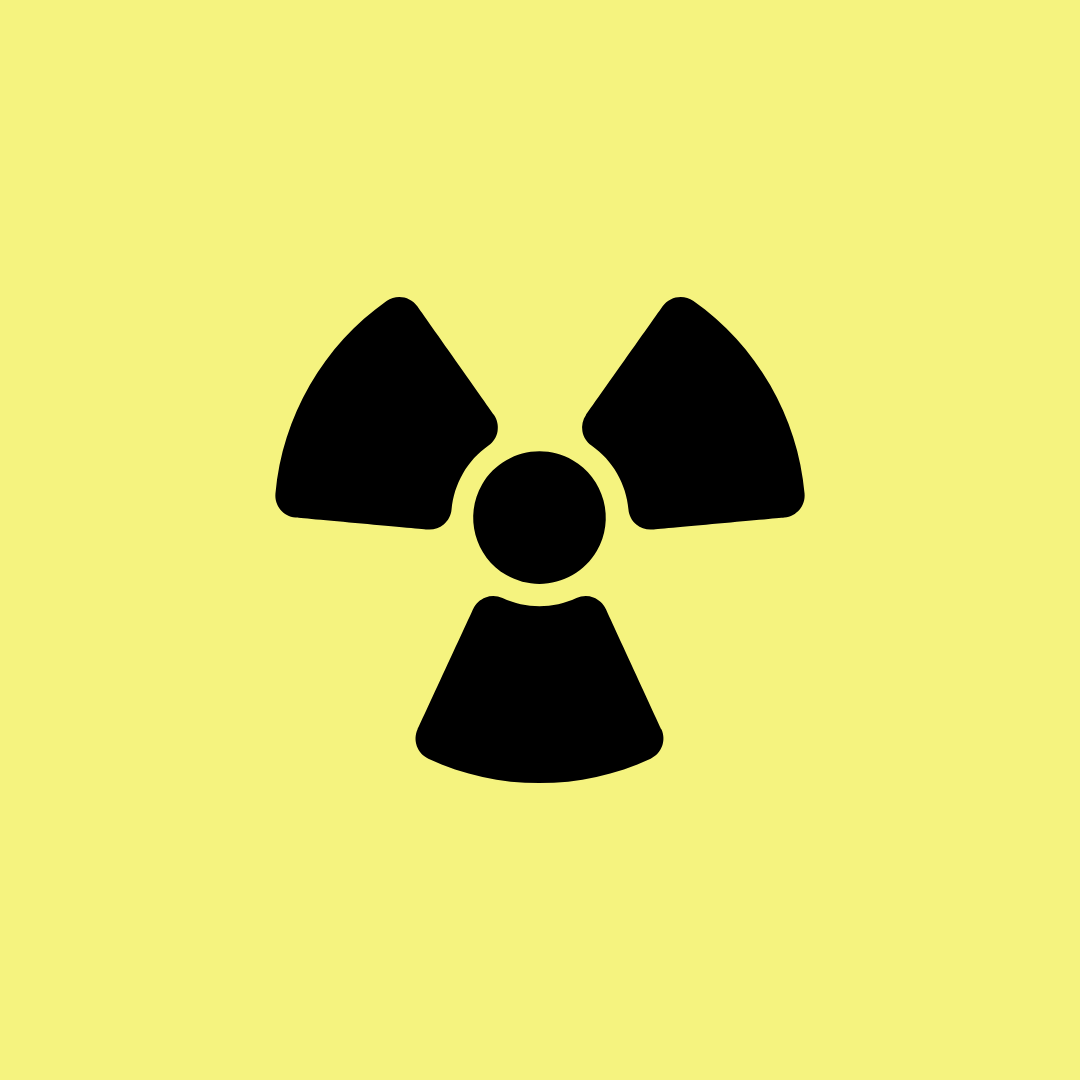Evolution of Nuclear Energy: Small Modular Reactors
The symbol for radioactivity, known as the trefoil, originated in 1946 at the University of California, Berkeley.
Today’s post is inspired by recent headlines about tech giants like Amazon and Microsoft striking nuclear power deals to fuel their AI data centers.
In the technology sector, energy plays a huge role in driving progress, but it also has a significant impact on the environment.
AI data centers, in particular, require vast amounts of energy to handle complex computations, prompting companies to explore cleaner and more sustainable energy sources.
We all know that burning fossil fuels for electricity and transportation releases carbon dioxide along with other greenhouse gases, which trap heat in the Earth's atmosphere, leading to global warming and climate change.
For example, in cities like Beijing, where coal and oil consumption remains high, air pollution often reaches hazardous levels. This leads to increased rates of asthma, lung disease, and other health issues among residents.
Given the environmental toll of fossil fuels, companies are turning to alternatives like nuclear power, a low-carbon option that provides a steady energy supply.
Though nuclear energy carries risks—such as the infamous Chernobyl disaster in 1986—nuclear reactors have come a long way in terms of safety and efficiency.
Modern designs, such as small modular reactors, offer enhanced safety features and may provide a viable path forward as we seek to meet our energy needs while minimizing environmental impact.
With that being said, see the table for a comparison of SMRs to traditional nuclear reactors.
| Feature | Small Modular Reactors (SMRs) | Traditional Nuclear Reactors |
|---|---|---|
| Power Output | Up to 300 MWe per module | Typically 1,000+ MWe |
| Size and Construction | Modular, factory-built, faster to construct | Large, site-built, longer construction time |
| Cost | Lower upfront cost due to modular design | High upfront cost (often billions of dollars) |
| Deployment Flexibility | Scalable, suitable for remote or smaller sites | Requires large sites and infrastructure |
| Safety Features | Passive safety systems, often underground or submerged | Active safety systems, usually above ground |
| Fuel Use | Longer fuel cycles; can run up to 10 years without refueling | Requires regular refueling every 1-2 years |
| Environmental Impact | Smaller land and water footprint, less waste | Larger environmental footprint, more radioactive waste |
| Ideal Applications | Remote locations, small grids, industrial uses, renewable backup | Large centralized power generation |
| Construction Time | Typically 3-5 years | 10+ years |
| Examples | NuScale (U.S.), SMART (South Korea), Rolls-Royce SMR (UK) | PWR, BWR, and older reactor types globally |











Comments
Post a Comment